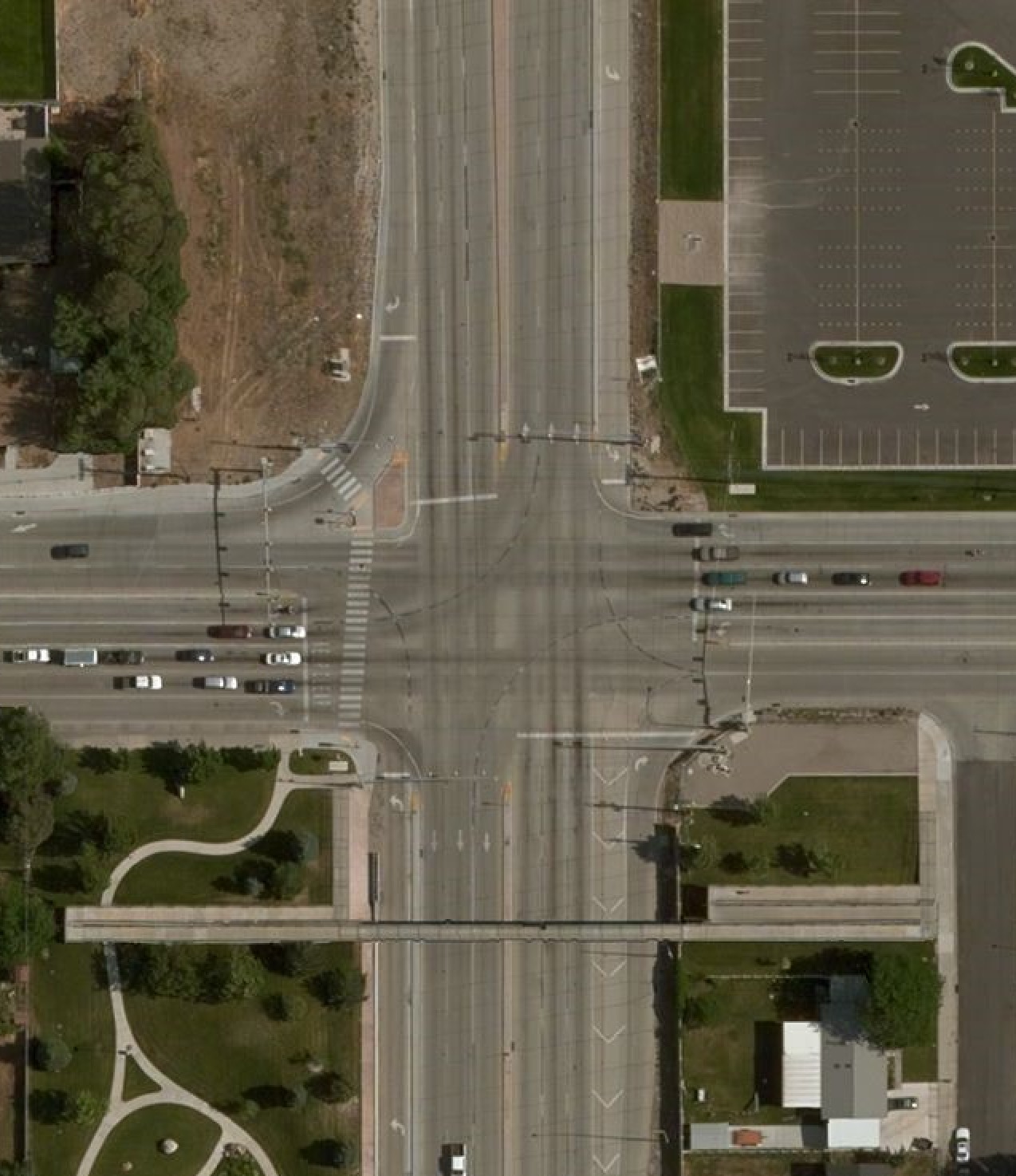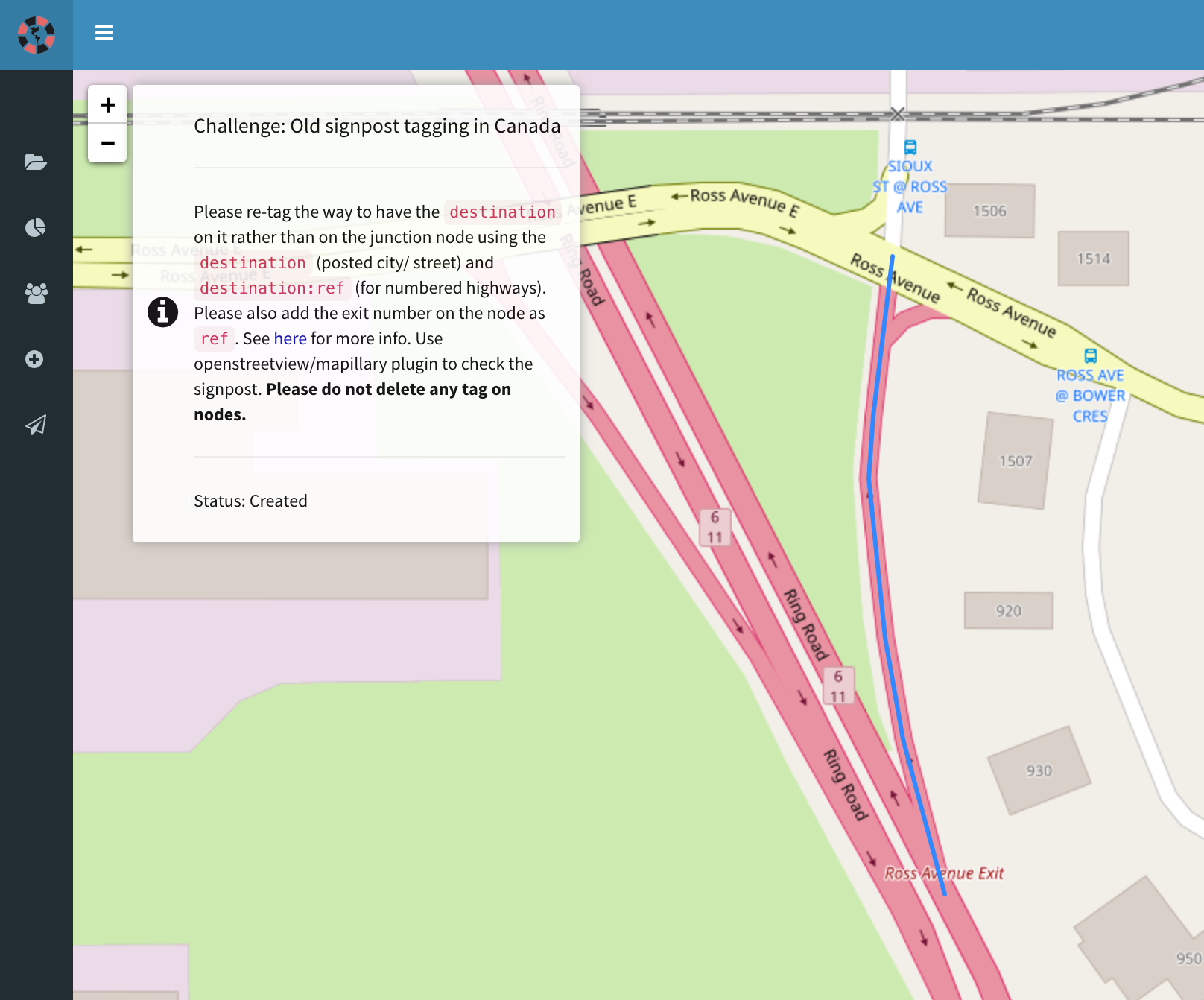Here is how Wikipedia defines “Trunk road”:
A trunk road, trunk highway, or strategic road is a major road, usually connecting two or more cities, ports, airports and other places, which is the recommended route for long-distance and freight traffic. Many trunk roads have segregated lanes in a dual carriageway, or are of motorway standard.
‘usually’.. ‘many’.. Adverbs that serve to muddle the definition: I still don’t know whether a specific road can be classified as a trunk or not.
The OSM wiki has this to say:
Use
highway=trunkfor high performance or high importance roads that don’t meet the requirement formotorway. In different countries, either performance or importance is used as the defining criterion fortrunk– see #International equivalence and Highway:International equivalence for guidance on road classification in different countries.
Hmm. Equally noncommittal. But there are reference to places where more specific references are to be found. I am interested in the United States. So let’s look there. The ‘International Equivalence’ section on the highway=trunk page says:
Surface expressway: A relatively high-speed divided road (at least 40 MPH with a barrier or median separating each direction of traffic), with a limited amount of intersections and driveways; or a major intercity highway. This includes many U.S. Highways (that do not parallel an Interstate) and some state highways. Wikipedia reference
..whereas the separate ‘International Equivalence’ page says for trunks in the United States:
Limited access highway with occasional grade level intersections, or major intercity highway where no motorway exists.
Not precisely the same, but I am starting to see a pattern. The definition of trunk, according to the people who wrote the wiki pages, seems to be a mix of technical and functional road classification:
 Source:
Source: 
 MapRoulette was featured in the JOSM message of the day!
MapRoulette was featured in the JOSM message of the day!



